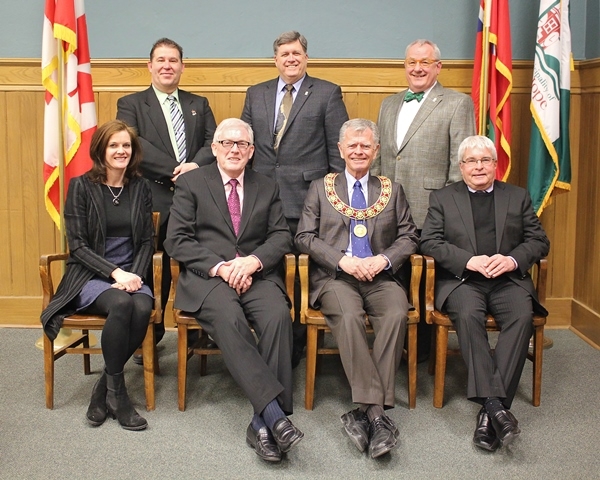 Normally, stories about restructuring governance models are boring and nobody really cares, except for political junkies. But, Port Hope is taking a bold step forward with its plans to rejig the town’s bureaucracy.
Normally, stories about restructuring governance models are boring and nobody really cares, except for political junkies. But, Port Hope is taking a bold step forward with its plans to rejig the town’s bureaucracy.
No doubt, many smaller municipalities will be watching very carefully, as should local residents, since this could revolutionize municipal civil services.
The position of chief administrative officer no longer exists. The management of the municipality is now being done by five directors, each responsible for one area of governance: finance, planning, parks, recreation and culture, works and engineering, and, finally, police and fire.
Notably, each area is associated with a committee of council and a designated politician.
None of it sounds like a big deal, but it is.
When former CAO Carl Cannon resigned just less than a year ago, there was no search for a replacement, as Corporate Services Director Sue Bernardi was promoted internally.
Mayor Bob Sanderson said in an interview last week, town hall does not need a CAO.
Considering the tension over the past few years between former CAOs, the Port Hope Ratepayers Association and many residents, it should be no surprise. Sanderson admitted there were problems in the past where some felt the CAO was blocking or setting the agenda rather than council and the citizens.
Traditionally, the chief administrative officer was a manager charged with the overall responsibility of making sure the bureaucracy ran smoothly. He acted as a buffer between politicians and the civil service to ensure political interference did not run amok and services run smoothly.
But, as Patrick Emond O’Flynn describes in his study of CAOs over the past 20 years for the Association of Municipalities of Ontario, the role has evolved. The job requires more leadership, he said. And, in some cases, it means taking a more active role in decision-making, even though they do not have a vote on council, O’Flynn said in the report released in 2011.
For some politicians and citizens, this is viewed as interference (and in some cases stonewalling). Yet, others will argue civil servants are the continuity within municipal life.
Civil servants should serve the public good and provides stability in between political regimes; whereas, politicians are temporary, coming and going with narrow agendas and short-term goals.
Any good civil servant will tell you their job is to provide council, along with citizens, all the information and let politicians, plus the public, make the decisions. Then, they implement the policies or directives.
Good politicians will tell you they rely on the expertise of civil servants to make solid choices.
All that happens in a perfect world.
There is one huge temptation facing Port Hope council: political meddling. Without the buffer of a CAO, civil servants will be vulnerable to councillors pushing personal agendas away from the spotlight of the council chambers. And, there are plenty of politicians with their own ideas about what should or shouldn’t be done.
We have already witnessed the current council’s ability to hire and fire at will without blinking. This only adds to feelings of insecurity within the bureaucracy. Now, with the new structure, Port Hope council has little standing in its way.
But, as Uncle Ben told a young Spiderman, with great power comes great responsibility. It will be interesting to see how it is exercised in Port Hope.
Originally published: Feb. 10, 2016


